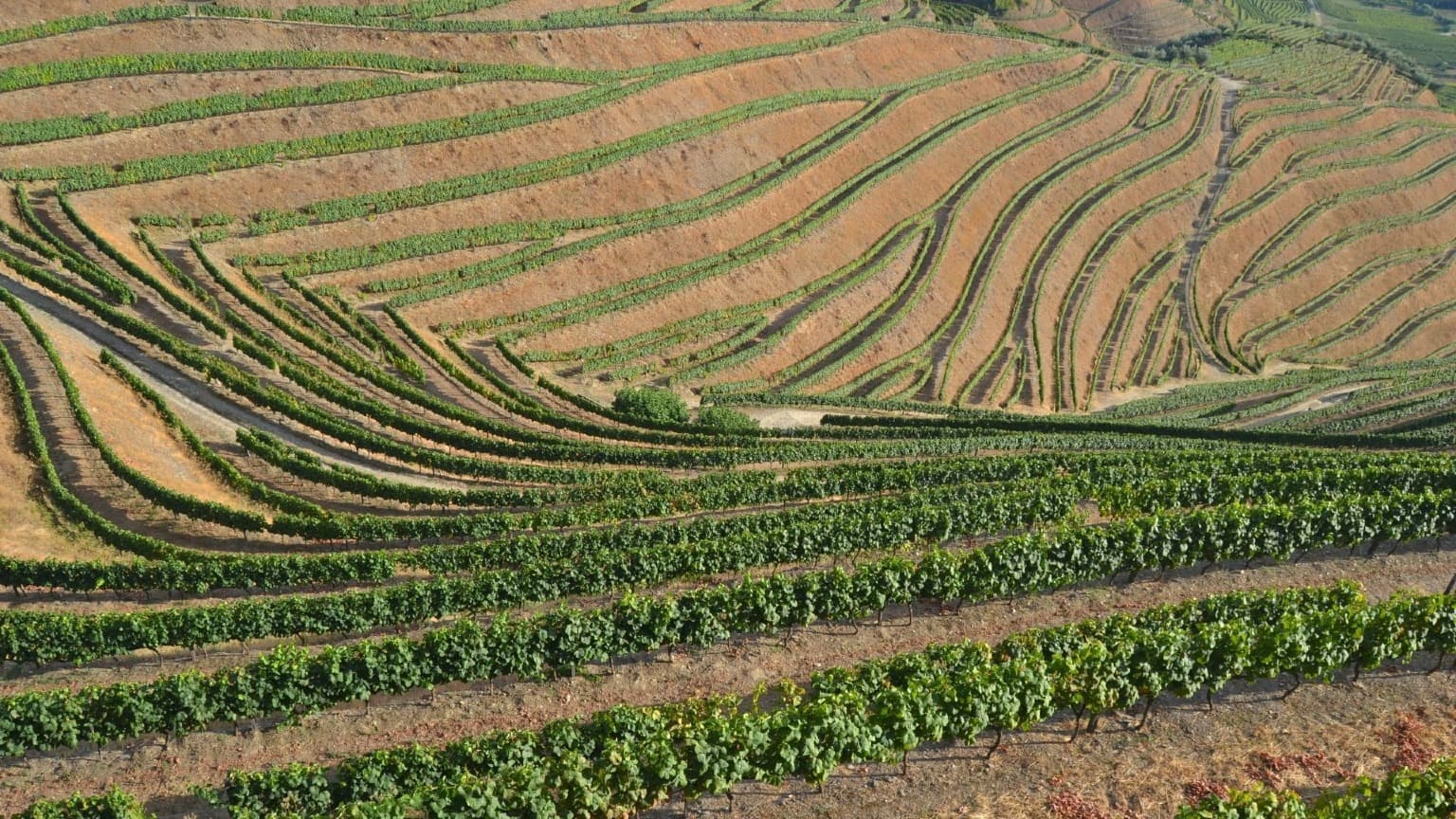The Douro Region: How Geography Shapes Exceptional Wines
December 5, 2024
The Douro Valley stands out as one of the most remarkable wine-producing regions globally, thanks to its stunning landscapes and renowned Port wine. Beyond its visual appeal, the region's geography plays a pivotal role in shaping the quality and diversity of its wines. Wine production in the Douro dates back to Roman times, but a major milestone came in 1756 when the Marquês de Pombal established the Douro Demarcated Region. This marked the first attempt at regulating wine production, particularly for Port, and solidified the importance of geography in creating unique wine profiles.
How Geography Influences Douro’s Wines
Spanning approximately 250,000 hectares, with around 40,000 hectares dedicated to vineyards, the Douro is characterized by steep slopes and centuries-old terraces designed to optimize sun exposure. These terraces, combined with varying altitudes and soil types, foster distinct microclimates that influence grape development and wine characteristics.
The Marão Mountain Range, situated west of the region, acts as a natural shield against Atlantic winds, creating a gradient of climates across the valley. This results in a diverse range of wine styles, from lighter, fresher wines to more intense and structured ones.

The River Douro and its steep banks lined with vineyards
The Three Sub-Regions of the Douro
Baixo Corgo: Closest to the Atlantic, this area enjoys a cooler, wetter climate. Vineyards here, located between 100 and 600 meters above sea level, produce wines known for their freshness and minerality, particularly white and lighter red wines.
Cima Corgo: Known as the heart of the Douro, this central sub-region strikes a balance between maritime and continental influences. Its schist soils allow deep root penetration, enabling vines to access essential nutrients. The wines from Cima Corgo are elegant and structured, with excellent aging potential.
Douro Superior: The easternmost and warmest part of the region, Douro Superior’s vineyards, situated at altitudes up to 750 meters, produce powerful, concentrated wines. The combination of schist, clay, and quartz soils helps retain moisture, crucial during hot summers.

Terraces of vineyards characterise the Douro Region
Technological Innovations and Vine Classification
Modern technology has enhanced wine production in the Douro. The Douro Wine Institute (IVDP) uses advanced geospatial tools to assess vineyard potential, ensuring optimal conditions for quality wine production. A vineyard classification system, established in 1947 and updated in 2008, evaluates factors such as location, altitude, and sun exposure to maintain high standards.

The Natural Geometry of the Vineyards in the Douro Region
Conclusion: A Living Heritage of Wine
The Douro Valley is a true gem in the world of wine, where nature and tradition come together to create something special. Its unique geography, with steep terraces and varying climates, has helped produce exceptional Port and still wines that blend history with modern techniques.
To truly understand and appreciate this incredible region, taking a tour with Cooltour Oporto is the perfect choice. Our tours offer a deep dive into the Douro’s stunning landscapes, vineyards, and rich wine-making traditions, giving you an unforgettable experience of the valley’s beauty and flavors.